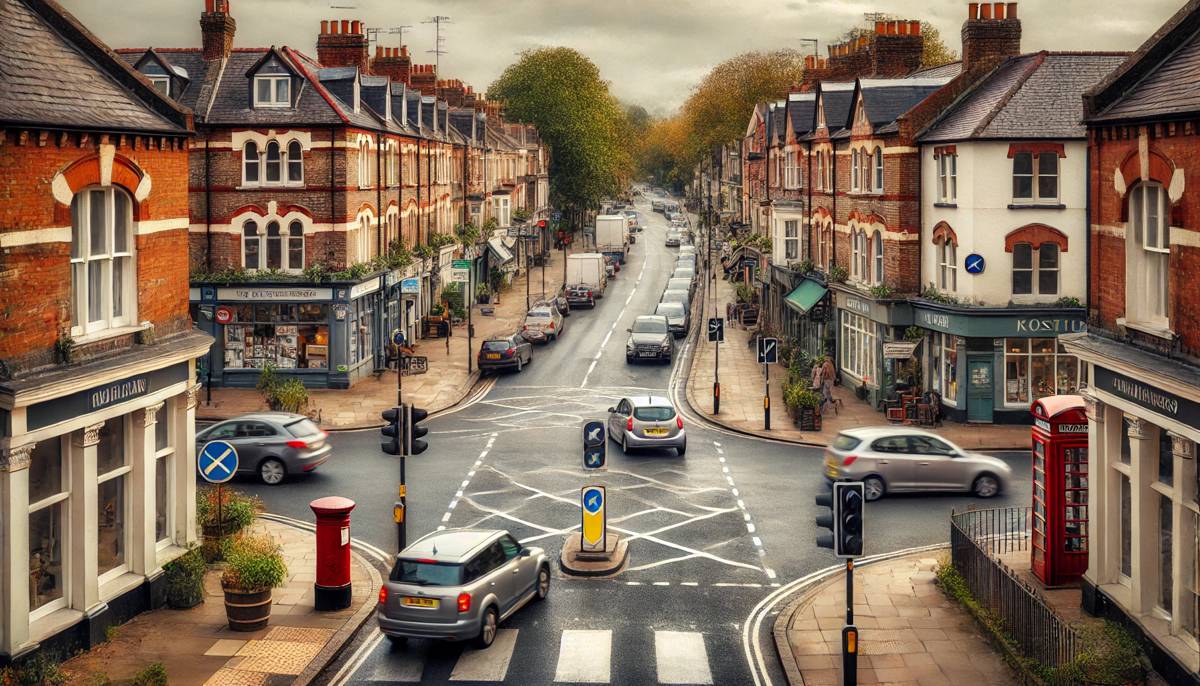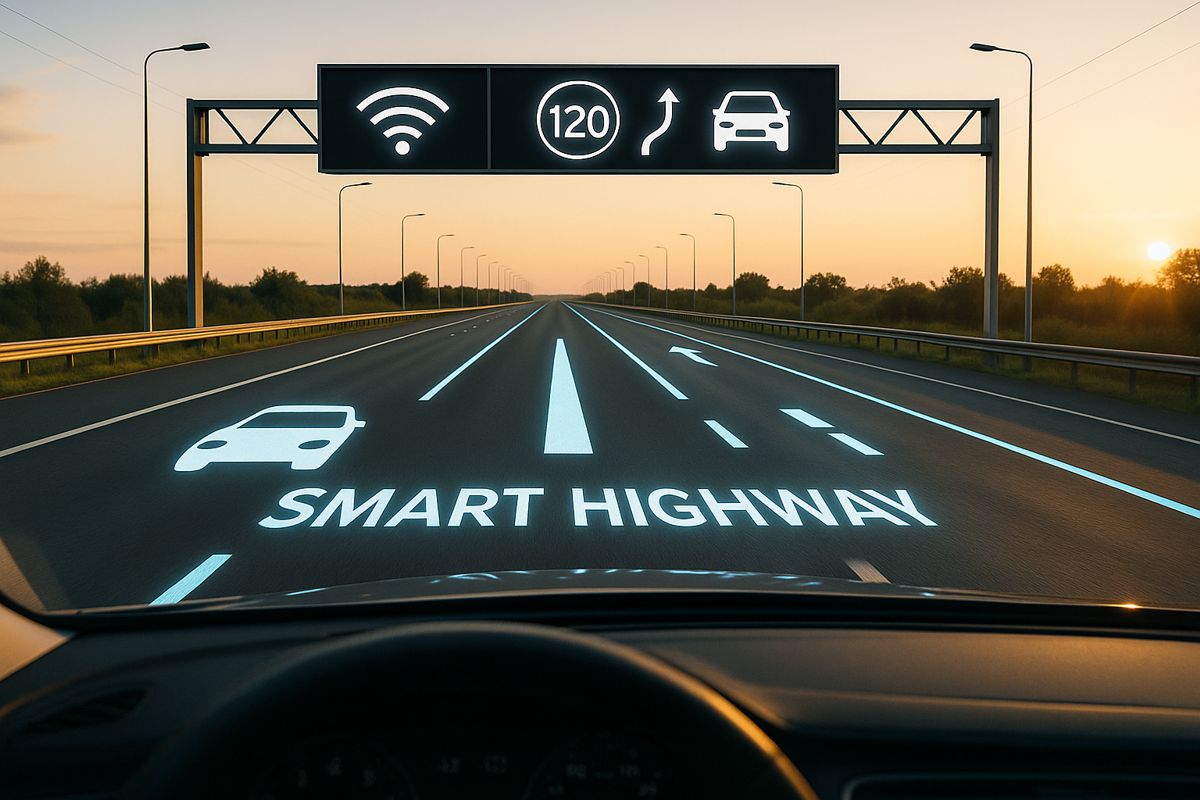Driving Rules and Regulations Changes in the UK
As of November 2024, some new driving rules and regulations have been implemented across the UK.
If you weren’t already aware, this article will guide you through some of the proposed and completed changes to parking regulations, eyesight test procedures, 20mph speed zones and the introduction of new low-emission zones in Scotland.
Parking regulations and grace periods
In October 2024, a new Code of Practice was introduced for private car parks operated by companies rather than local councils. This code aims to standardise parking rules and make them more transparent for drivers.
One significant change is the introduction of a cap on parking charges, preventing private companies from imposing excessive fines. Another is the implementation of a 10-minute grace period after paid-for parking has expired. This means you shouldn’t get a ticket if you’re only a few minutes late back to your vehicle.
An Appeals Charter has also been established, laying out a transparent process for motorists wanting to contest a parking charge. This initiative seeks to create a fairer system for drivers and reduce the complexity of disputes.
Safety features in new cars
The new General Safety Regulation, abbreviated as GSR2, has now mandated that any new cars sold in the EU must have safety-centric technologies included, such as Intelligent Speed Assist (ISA) and Autonomous Emergency Braking (AEB). The aim is to reduce accidents on the road for all users.
GSR2 came into force in stages, with the full suite of features mandatory for all new cars registered in the EU from July 2024. While the UK is yet to adopt GSR2 formally, manufacturers will still likely include these to streamline production and comply with the potential changes in law.
However, these developments will likely increase the cost of future vehicles. Buyers can instead find almost new and used cars with these safety features at a more affordable price.
Changes to eyesight tests
The Driver and Vehicle Standards Agency (DVSA) is reviewing the current method of assessing drivers’ eyesight during driving tests.
Traditionally, candidates have been required to read a number plate from 20 metres. However, plans are underway to introduce a more flexible testing approach that evaluates vision under varying light conditions.
Medical experts are consulting on the project to develop a more comprehensive assessment that ensures drivers have adequate vision for safe driving.
Expansion of 20mph zones
Certain parts of the UK have seen a significant expansion of 20mph speed zones. This is largely in a bid to reduce traffic accidents and improve the safety of pedestrians and cyclists. But there are also environmental benefits, with reduced emissions from new and used cars alike.
The Welsh government brought in the controversial 20mph limit on most residential and restricted roads in September 2023. More than one year on, these changes are now being reviewed and some roads are likely to revert to 30mph. Local councils have been given the authority to determine these new changes.
Scotland also has plans to introduce blanket 20mph speed limits on relevant roads by 2025. London’s road network has seen a gradual spreading of 20mph speed limits since 2020, alongside its Ultra Low Emission Zone (ULEZ) system.
New low emission zones in Scotland
2024 has seen the implementation of new Low Emission Zones (LEZs) in Dundee and Edinburgh. The zones officially started two years ago, but enforcement has only just started this summer.
These zones operate continuously, 24 hours a day, seven days a week, and utilise Automatic Number Plate Recognition (ANPR) cameras to monitor vehicle compliance. Vehicles that don’t meet the required emissions standards shouldn’t enter these city centre zones to avoid fines.




















